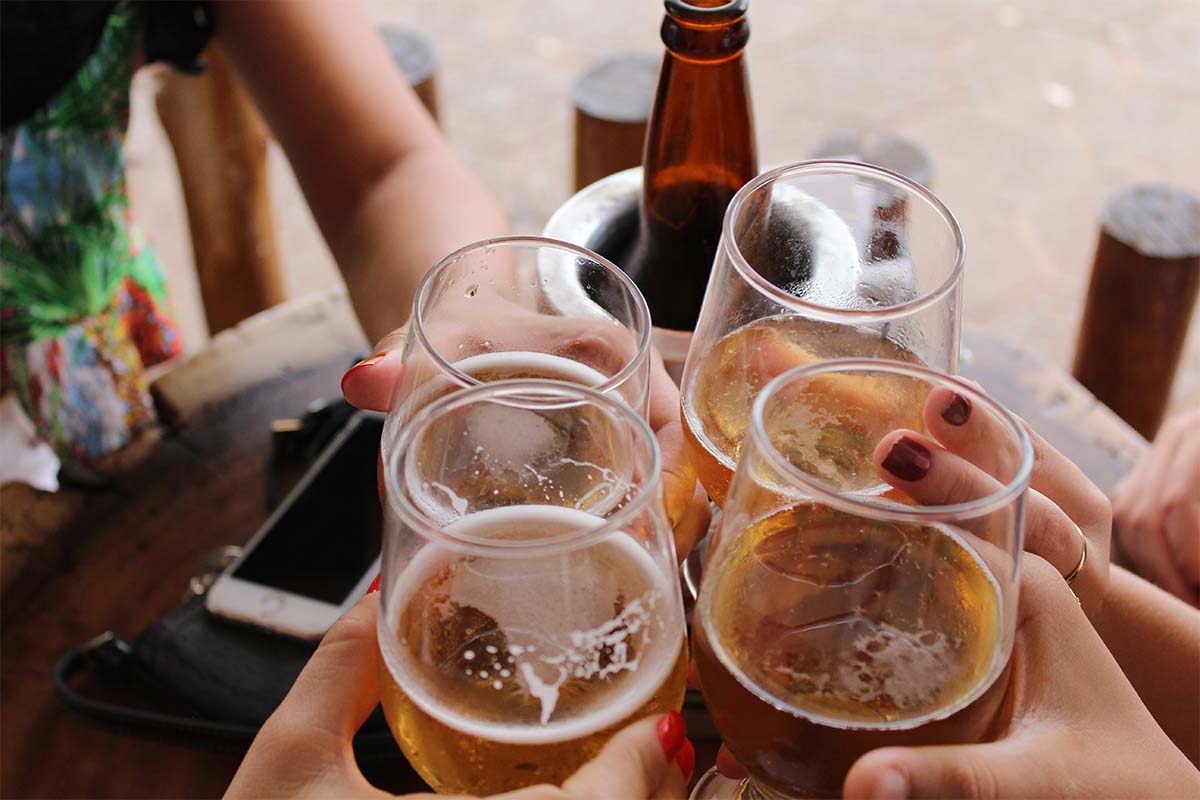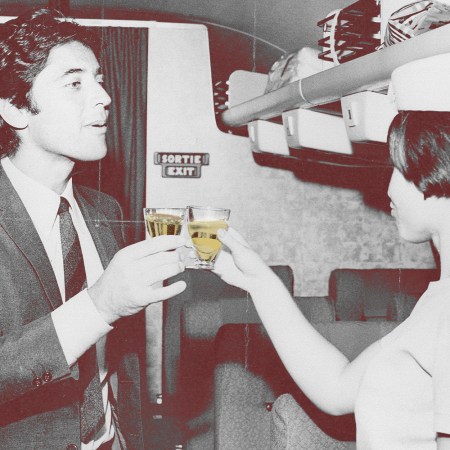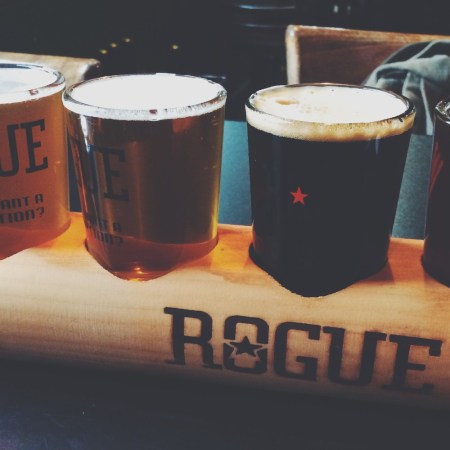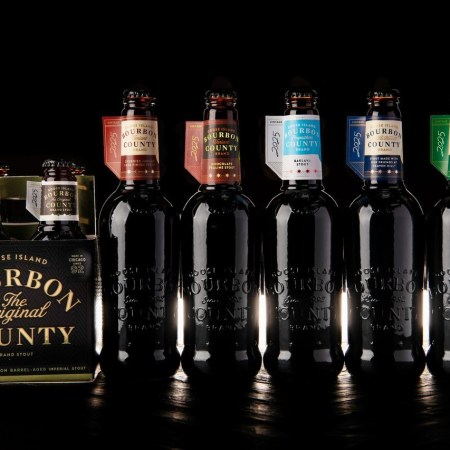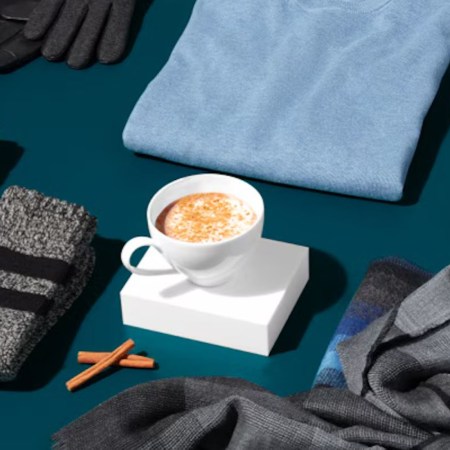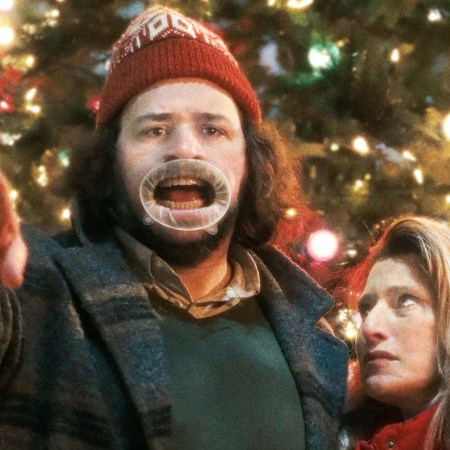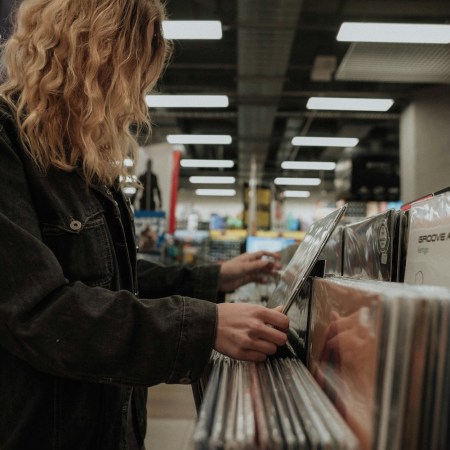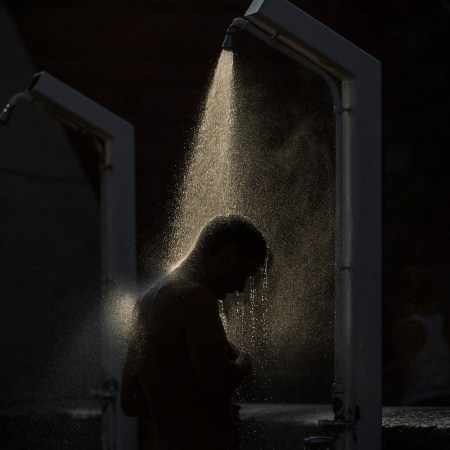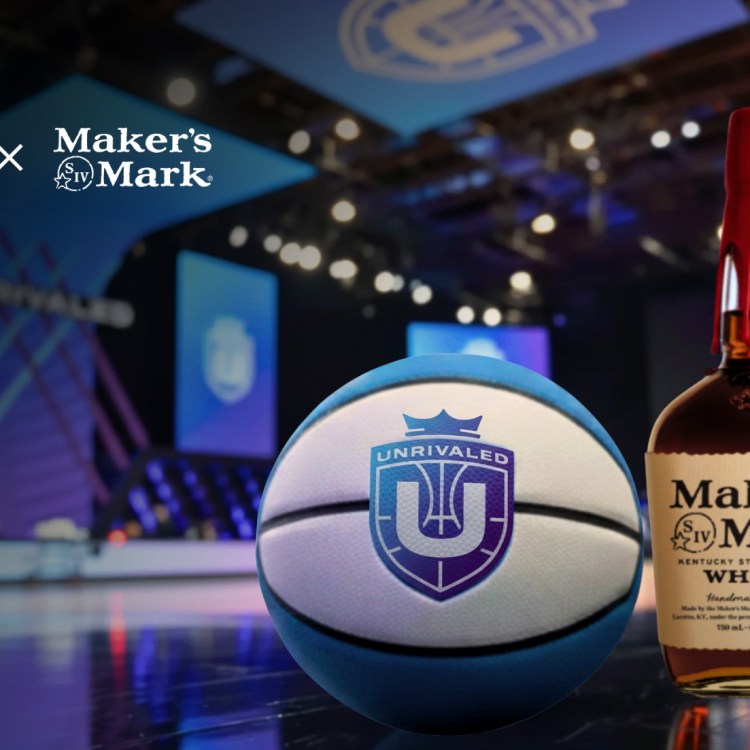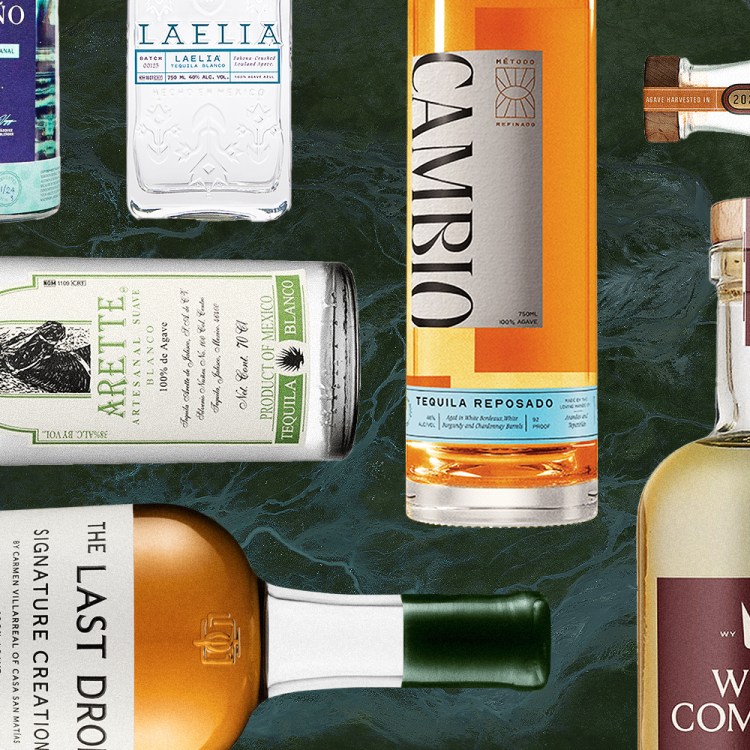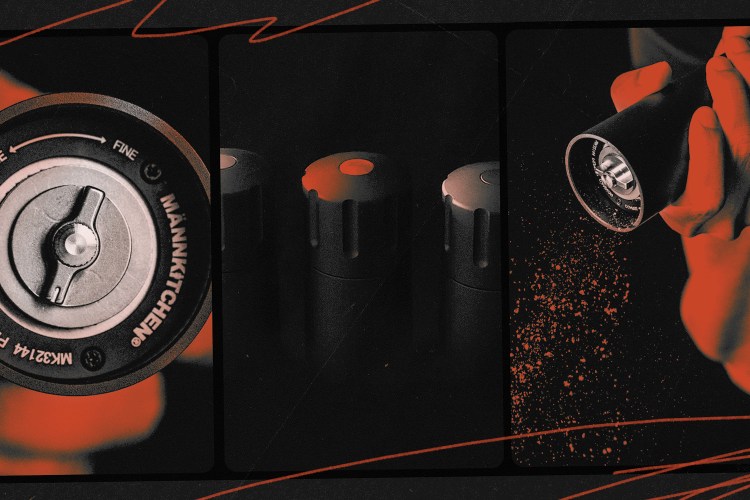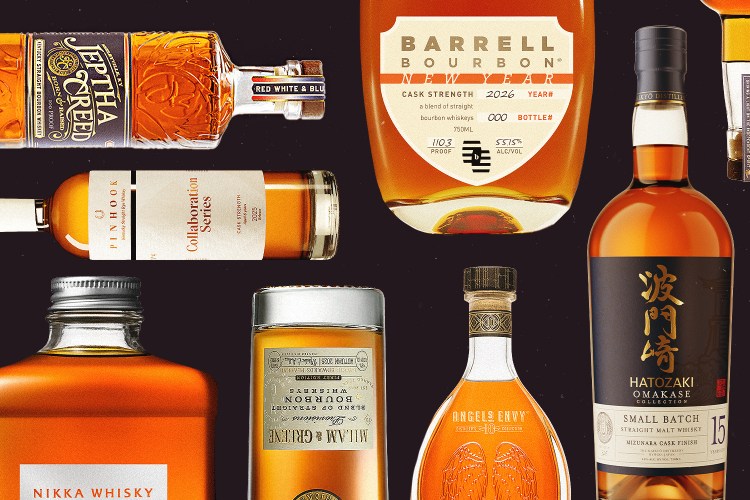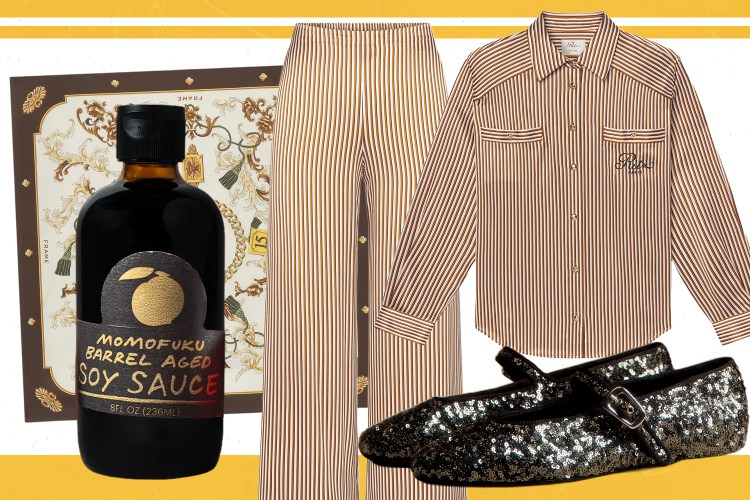Your New Year’s resolution to get healthy isn’t backed by statistics.
We actually bought more beer last month than in any January since 2015, according the market research firm IRI. That was one of several … well, not sobering statistics, but pieces of fun drinking data collected by Good Beer Hunting.
Other stats that back the idea that we’re still imbibing in the new year:
- While non-alcoholic beer sales saw an increase, it still accounted for only 0.4% of total beer sold. Almost all growth in the category came from newcomer Heineken 0.0 (which was also giving away a ton of product for free).
- Hard seltzers like White Claw and Truly accounted for 80% of the growth in the growth of total beer volume
- Busch Light, Sierra Nevada Hazy Little Thing, Twisted Tea and the new product Natural Light Naturdays were singled out for making “big jumps” in sales
- Beer sales have risen each successive January since 2017
Good Beer Hunting also took a shot on media coverage of the not-so-dry month. “Dry January … is an accessible journey that promises conversion and newfound wisdom on a schedule that neatly slots into online editorial calendars.”
And while brewers have acknowledged Dry January with the release of more low- and no-alcohol beers, others have responded by ignoring or outright mocking the concept.
“We’re not sure who came up with the idea of spending their January beer-free, but we’d like to go on record and say — that sounds awful,” as Harpoon Brewery noted last month, announcing the release of a Dry January Triple IPA (“contains alcohol”… a whopping 11%, in fact).
Subscribe here for our free daily newsletter.
Every Thursday, our resident experts see to it that you’re up to date on the latest from the world of drinks. Trend reports, bottle reviews, cocktail recipes and more. Sign up for THE SPILL now.
